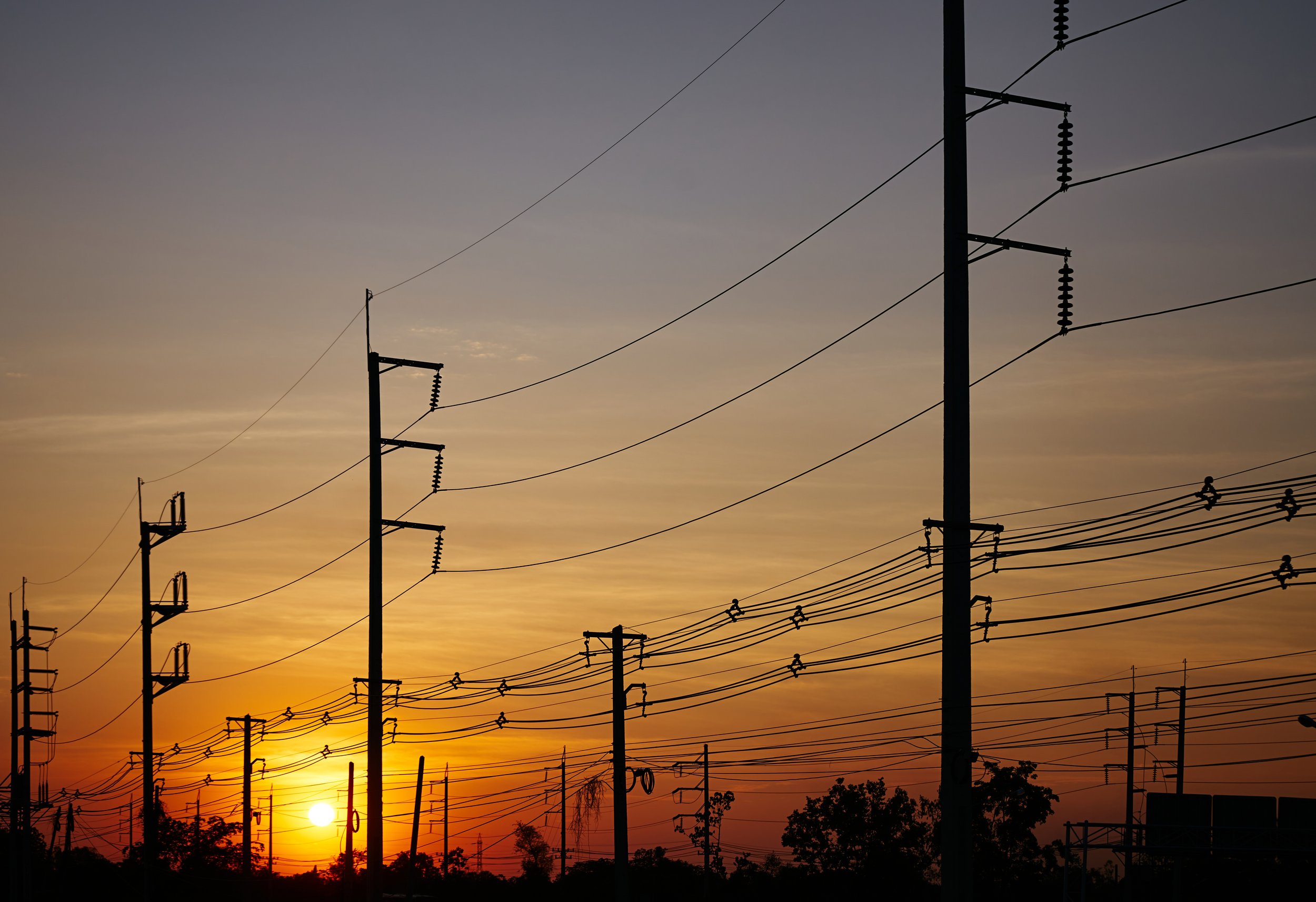Why Electrify?
Transitioning to pollution-free, electric appliances in Bay Area homes will reduce air pollution and protect health.
Electrifying appliances in Bay Area homes and buildings would deliver a more significant reduction in health-harming NOx pollution than eliminating all of the region’s passenger cars.
Health
Burning gas and propane in buildings produces nitrogen oxides (NOx) and harmful indoor air pollution. NOx are toxic, highly reactive gasses that endanger human health by causing respiratory conditions, such as asthma, wheezing, decreased lung functioning, increased likelihood of hospital visits, heart disease, and even early death.
Most household appliances in California run on gas and emit NOx in and near our homes. In the Bay Area, appliances release nearly three times as much NOx as light-duty passenger vehicles, and over eight times as much NOx as power plants.
Equity
Communities of color in the Bay Area are most burdened by particle pollution from gas heating appliances. BAAQMD can tackle this pollution by implementing a zero-NOx standard for appliances in partnership with communities, and alongside a suite of tenant and equity protections.
Technology
Heat pumps are highly efficient electric appliances that pull double duty – keeping homes warm in the winter and cool in the summer while improving air quality and cutting energy use. Heat pump technology can also be used for water heating.
Bay Area residents can shave money off of the cost of upgrading to a heat pump or a heat pump water heater by taking advantage of incentives such as those provided by BayRen. Thousands of dollars in additional support through the federal Inflation Reduction Act will become available in 2023.
Grid Capacity
The electrification of homes and vehicles can play an important role in creating a more reliable and flexible electricity grid in the face of new climate challenges. Heat pumps are more efficient than A.C. window units and can reduce stress on the grid. Heat pump water heaters can pre-heat water during non-peak hours for use during peak hours, which avoids straining the grid. These electric appliances can also be connected to smart thermostats which can respond in real-time grid conditions, which helps make the grid more flexible.
Affordability
California has a range of incentives available to support households in upgrading to electric appliances. Millions of dollars in additional support will be made available in 2023 through the Inflation Reduction Act.
Job Opportunities
A statewide transition to all-electric buildings is going to require the talents and skills of workers from across the economy. A study found that electrifying all of California’s existing and new buildings by 2045 would create over 100,000 full-time equivalent jobs in various sectors of the economy.
Climate
Gas is more than 90% methane – a powerful greenhouse gas that is more than 25 times more potent than carbon dioxide at trapping heat in the atmosphere (EPA). Gas fuels climate change when it is burned in homes for heating and cooking, and when it leaks from pipelines, distribution equipment, and appliances. Leaks from gas pipelines and distribution equipment are common. From extraction to home gas distribution, roughly 3% of all of the gas piped into homes in the U.S. is leaked – doubling the climate impact from natural gas combustion over a 20-year horizon.







